UN Habitat Designer - urban design AI tool
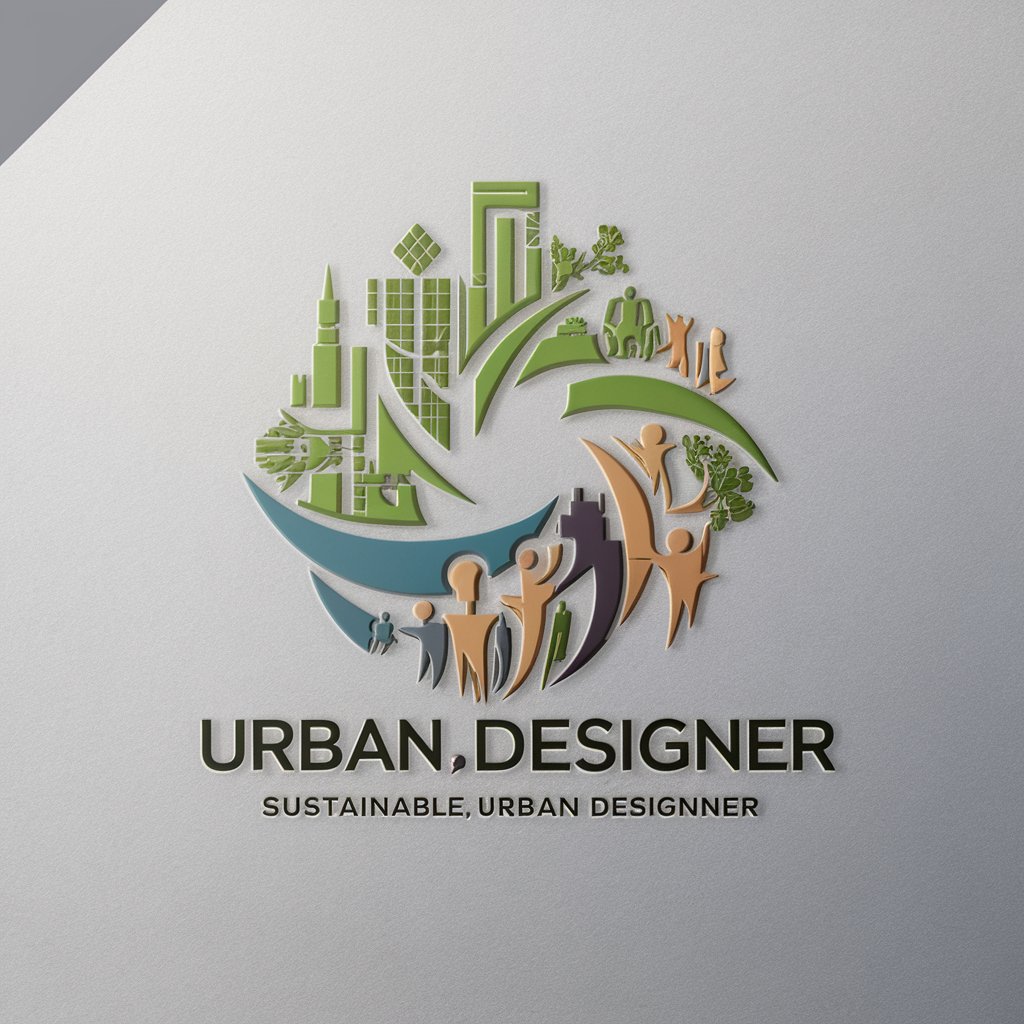
Welcome! Let's design better cities together.
Design Tomorrow’s Urban Spaces Today
How can we integrate more green spaces into urban environments?
What are the best practices for creating walkable neighborhoods?
How can urban design promote social cohesion and inclusivity?
What strategies can cities use to mitigate the urban heat island effect?
Get Embed Code
UN Habitat Designer: Urban Planning and Design Specialist
UN Habitat Designer specializes in urban design and planning with a focus on creating sustainable, efficient, and human-centric urban spaces. It aims to assist in the development of livable, environmentally friendly urban areas that enhance the quality of life for their inhabitants. Through the application of sustainable design principles, such as promoting green spaces, natural ventilation, cool roofs, and active mobility, UN Habitat Designer helps cities adapt to climate extremes, improve social cohesion, and ensure accessible and inclusive environments for all residents. Examples include integrating green roofs and parks to combat heat islands, enhancing public transportation and pedestrian pathways to reduce reliance on cars, and designing buildings and public spaces that are both environmentally responsive and culturally sensitive. Powered by ChatGPT-4o。

Key Functions and Applications
Urban Design for Climate Resilience
Example
Implementing green spaces and cool roofs to combat urban heat islands
Scenario
In response to rising urban temperatures, UN Habitat Designer advises on the integration of vegetated areas and reflective roofing materials to reduce heat absorption, thereby making cities cooler and more comfortable for residents.
Promotion of Active Mobility
Example
Designing bike lanes and pedestrian-friendly streets
Scenario
To reduce car dependency and encourage healthier lifestyles, UN Habitat Designer recommends the development of comprehensive networks of bike lanes and pedestrian paths that connect key urban areas, enhancing mobility and reducing pollution.
Enhancing Public Spaces
Example
Creating inclusive and accessible public parks and squares
Scenario
Focusing on social cohesion and community well-being, UN Habitat Designer emphasizes the importance of accessible and welcoming public spaces that encourage social interactions among diverse groups of people.
Sustainable Urban Planning
Example
Applying mixed-use development strategies to promote vibrant urban areas
Scenario
To foster economic and social vitality, UN Habitat Designer advocates for mixed-use developments that blend residential, commercial, and recreational uses, ensuring vibrant, active, and diverse urban neighborhoods.
Community Engagement and Participatory Design
Example
Facilitating workshops and engagement sessions with local communities
Scenario
UN Habitat Designer prioritizes inclusive design processes by involving community members in the planning and decision-making stages, ensuring that urban development projects meet the needs and aspirations of all residents.
Target User Groups
Urban Planners and Architects
Professionals involved in the design and planning of urban spaces benefit from UN Habitat Designer's expertise in sustainable and inclusive urban development, gaining insights into innovative design solutions that address contemporary urban challenges.
Local Governments and Policy Makers
Decision-makers at the municipal level can utilize UN Habitat Designer's guidance to implement policies and projects that promote sustainable urban growth, resilience to climate change, and improved quality of urban life for residents.
Community Organizations and NGOs
Groups working on urban development and community well-being can partner with UN Habitat Designer to co-create spaces that are inclusive, sustainable, and responsive to the needs of diverse populations, including marginalized and vulnerable groups.
Developers and Real Estate Professionals
Industry professionals can leverage UN Habitat Designer's sustainable urban planning principles to develop projects that are environmentally friendly, socially inclusive, and economically viable.

Guide to Using UN Habitat Designer
1
Visit yeschat.ai to start your free trial without needing to log in, and without requiring a ChatGPT Plus subscription.
2
Choose 'Urban Design' from the options to access the UN Habitat Designer specific functionalities.
3
Utilize the tool to input urban planning data or scenarios you are considering for design and development advice.
4
Explore the suggested sustainable and human-centric design solutions and strategies provided by the tool.
5
Use the feedback and data from the tool to refine your urban development project, incorporating sustainable practices and community-focused designs.
Try other advanced and practical GPTs
Space Habitat Designer
Design the Future: AI-Powered Space Creativity
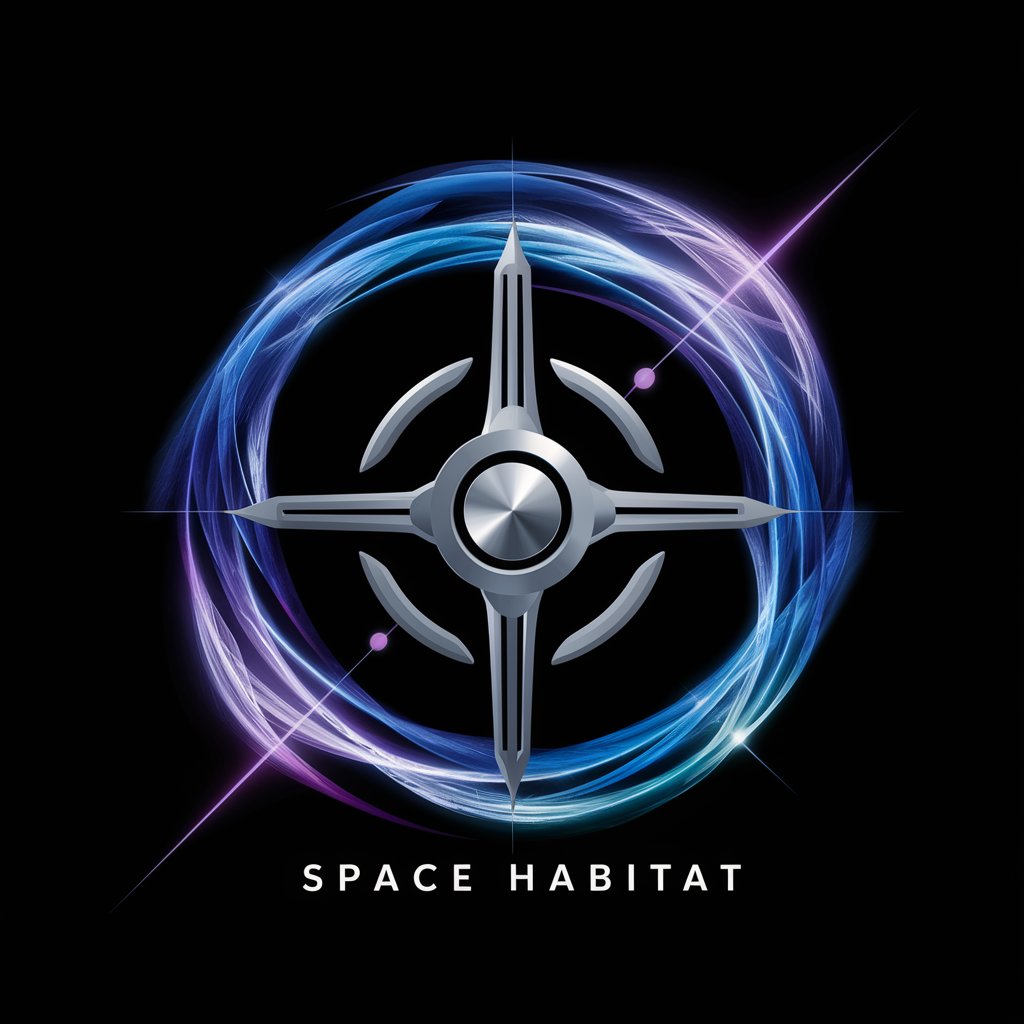
Habitat Helper
Explore Nature with AI Insight
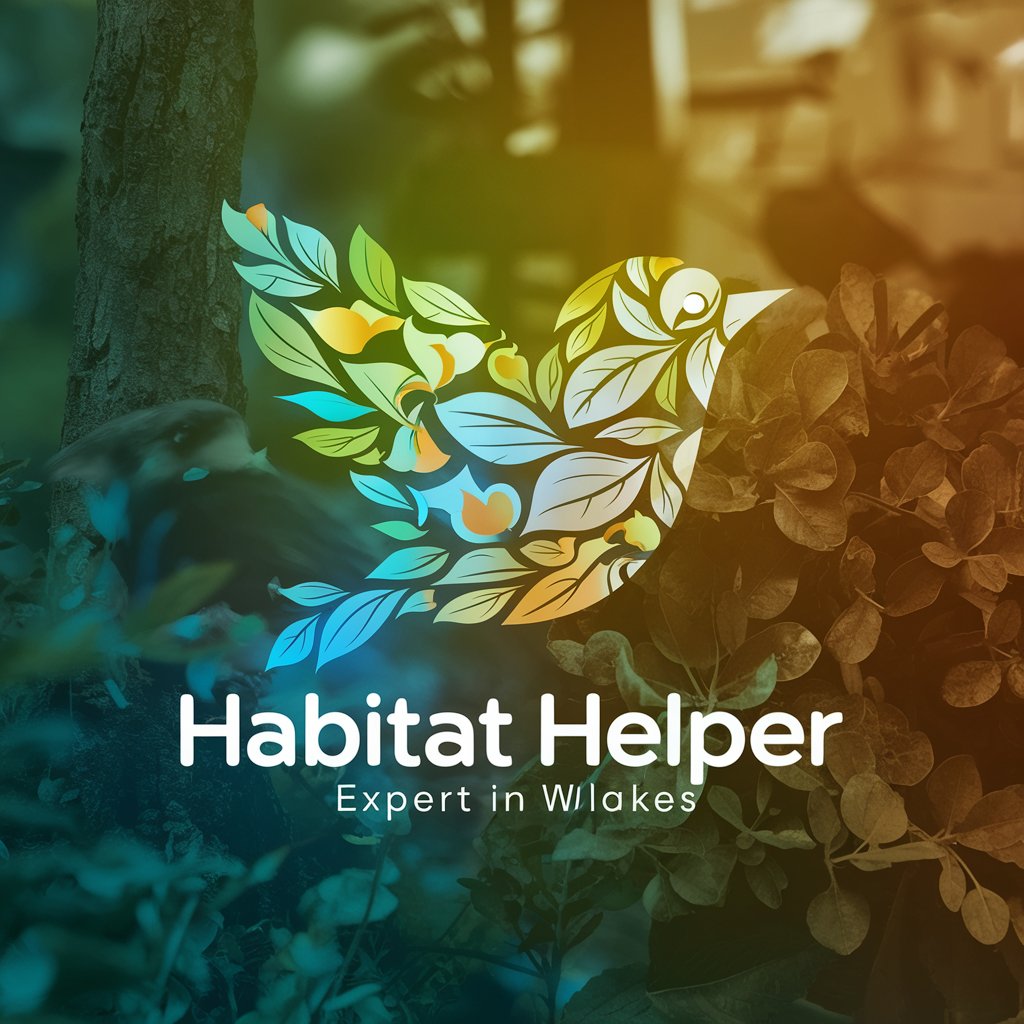
6 Pack Abs GPT
Science-backed path to six-pack abs

Pratt Pack Tech Master
Empower Your Home with AI

Find My Celebrity Look Alike
Discover Your Celebrity Double with AI

Celebrity Gossip
Your AI-powered gateway to Hollywood's secrets

Eco Habitat AI
Design Green, Live Smart
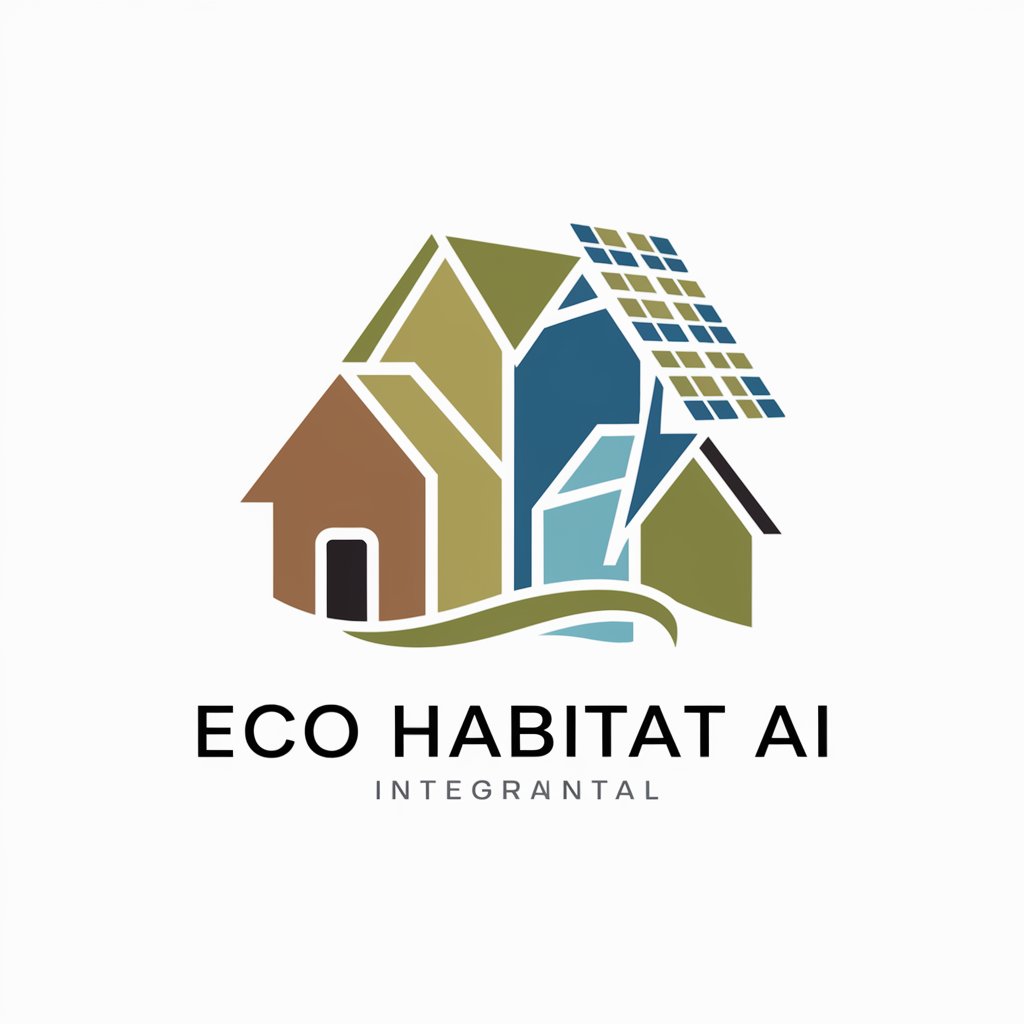
Habitat Sketcher
Design your dream home with AI.
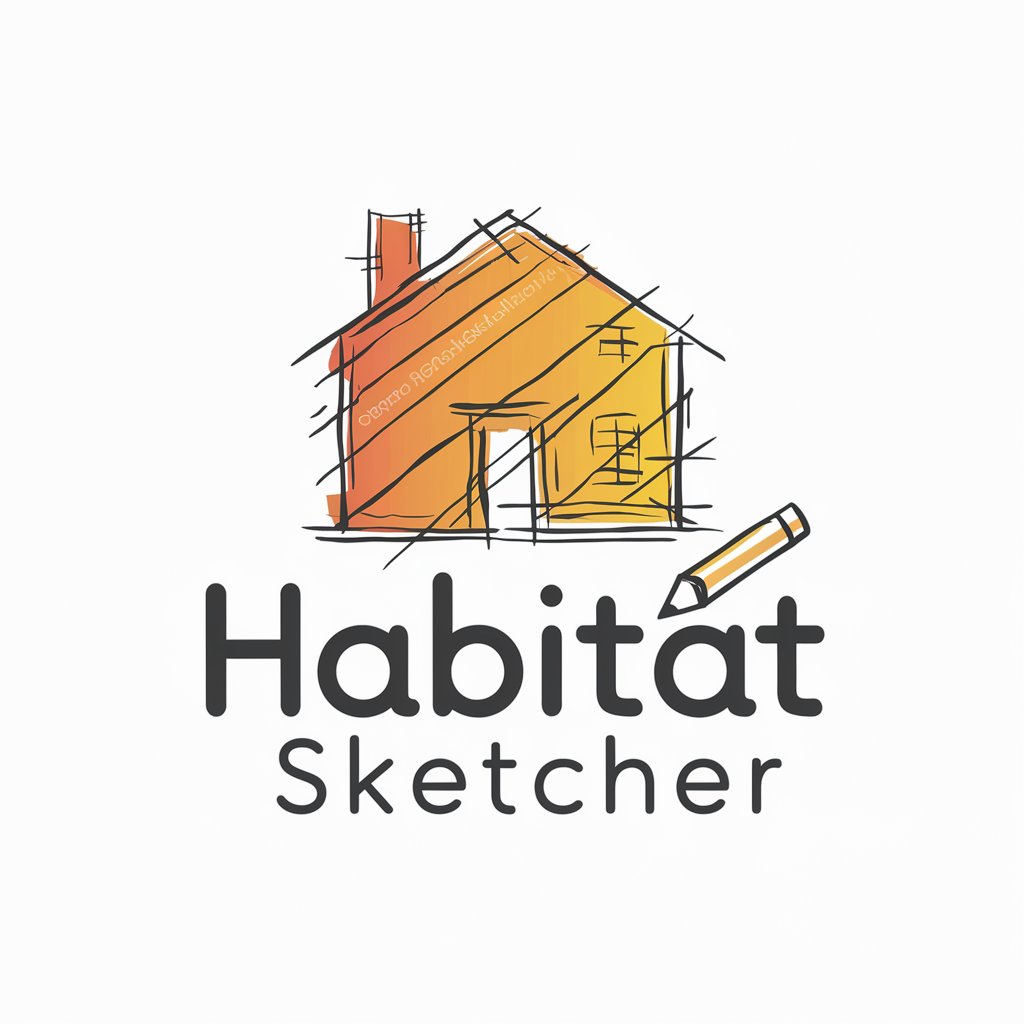
School Admin Mentor
Empowering school leaders with AI-driven insights

Fate
Contemplating Destiny with AI

Fate Analyzer
Discover Your Destiny with AI
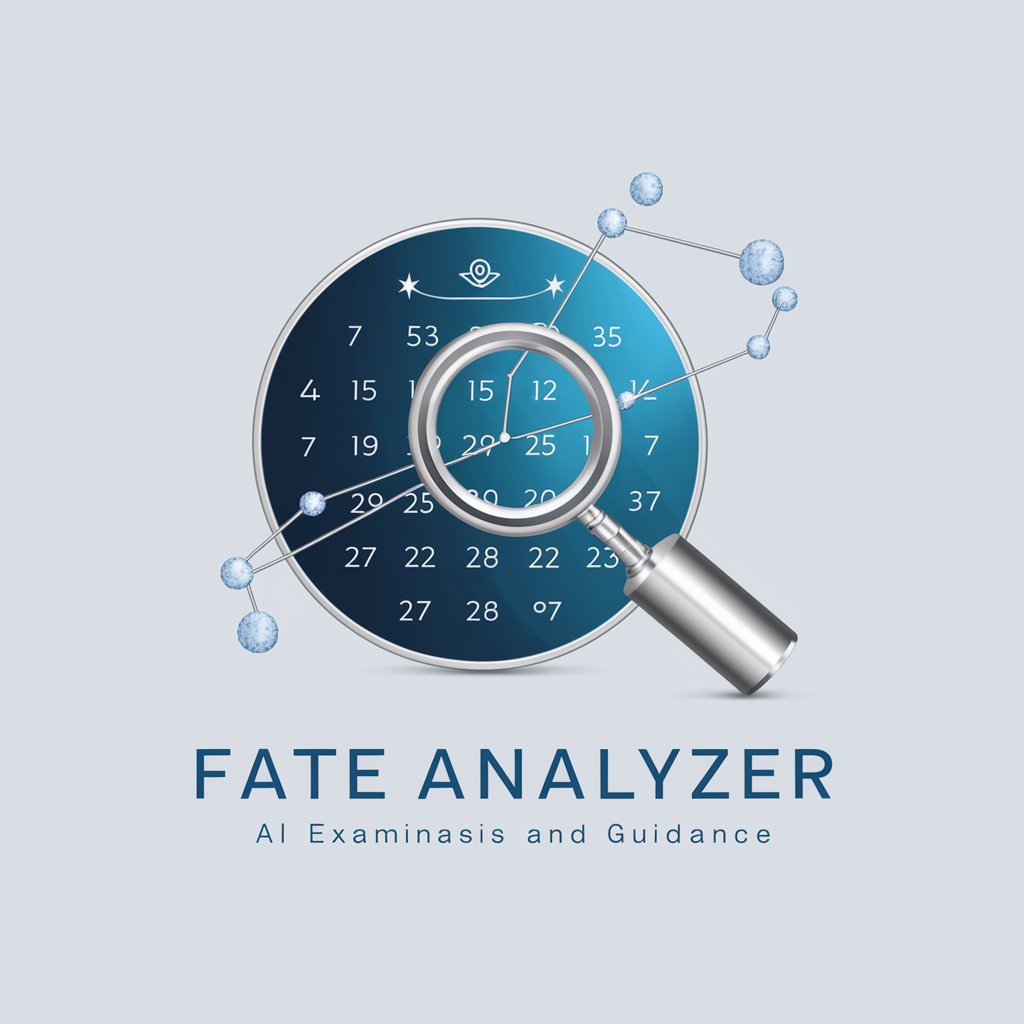
Dr. Fate
Empowering Your Health Journey with AI

Frequently Asked Questions about UN Habitat Designer
What is UN Habitat Designer?
UN Habitat Designer is a specialized AI tool designed to assist with urban planning and design. It focuses on creating sustainable, efficient, and community-centric urban environments, using data-driven insights to propose design solutions.
How can UN Habitat Designer improve urban planning?
The tool integrates modern urban planning theories and practices to suggest improvements in city layouts, infrastructure, and public spaces, ensuring designs are sustainable and effective in enhancing livability.
What types of projects can benefit from UN Habitat Designer?
Urban development projects ranging from small-scale neighborhood designs to comprehensive city planning can utilize this tool to ensure designs meet modern sustainability and livability standards.
Does UN Habitat Designer offer solutions for climate resilience?
Yes, it offers strategies to mitigate climate impacts, such as cooling city designs, flood-resistant infrastructures, and green spaces that reduce urban heat island effects.
How user-friendly is UN Habitat Designer for non-experts?
The tool is designed to be accessible to both professionals and non-experts, providing clear, actionable insights and suggestions that can be easily interpreted and applied in various urban planning contexts.
